POLSKA.FM
Poland’s Struggle for Independence: A Nation Reborn
Partitioned by empires and erased from the map for 123 years, Poland’s path to independence was not won in a single battle, but forged through generations of resistance, cultural perseverance, and unyielding hope. From the uprisings of the 19th century to the quiet strength of poets, teachers, and exiles, the story of Poland’s rebirth in 1918 is a testament to a nation that never stopped believing in itself. Against overwhelming odds, Poland emerged not just as a restored state, but as a renewed spirit of unity, identity, and freedom.
Vanished from the Map, Not from Memory
In 1795, Poland disappeared. Divided between Russia, Prussia, and Austria, the once-mighty Commonwealth was carved up by foreign powers with chilling finality. For over a century, there was no Polish state—no borders, no army, no flag. And yet, the idea of Poland lived on, fiercely protected in the minds of its people. It survived in whispered prayers, banned books, and the rhythms of folk songs passed from one generation to the next. Despite being ruled by oppressive regimes, Poles refused to be culturally erased. Language became a weapon of resistance, as did education, family traditions, and faith. While emperors plotted and redrew lines on maps, the Polish spirit endured in schoolrooms, in village churches, in exiled salons across Europe. The nation was not dead—it was dreaming, and its awakening was only a matter of time.
Revolution, Repression, and the Fire Within
The 19th century was marked by a series of bloody uprisings that punctuated Poland’s long night under foreign rule. The November Uprising of 1830 and the January Uprising of 1863 were bold attempts to reclaim sovereignty, both crushed with ruthless efficiency. But these defeats did not extinguish hope—they deepened it. Each rebellion became part of a growing national mythology, and each fallen fighter joined the ranks of Poland’s martyred heroes. In the face of brutal reprisals—executions, deportations to Siberia, cultural bans—the will to resist only grew stronger. Underground schools kept the Polish language alive under Russian rule, while in Galicia, Poles cautiously fostered cultural institutions under more lenient Austrian governance. These decades proved that independence could not be handed down—it had to be earned through sacrifice, sustained by memory, and kept alive through small, daily acts of defiance.
The Pen as a Weapon of Survival
If Poland could not fight openly with arms, it would fight with words. Writers and artists became the new warriors, transforming culture into a form of resistance. Adam Mickiewicz’s epic poems, such as Pan Tadeusz, kept alive the language, values, and romantic vision of a free Poland. In literature, theatre, and music, Polish identity found shelter and expression. Figures like Juliusz Słowacki, Cyprian Norwid, and Stanisław Moniuszko became cultural architects of the imagined nation. Their work transcended entertainment—it was a sacred inheritance, a reminder of who Poles had been and who they still aspired to be. Even under strict censorship, creativity flourished. The myth of Poland as a Christ among nations—suffering for the sins of others—became central to national self-perception. Through art, the Polish soul remained unbroken, even as its body was shackled by empire.
The Great War and the Return of a Dream
When World War I erupted in 1914, it seemed at first like another catastrophe. But for Poland, it became an unexpected opportunity. Three partitioning powers now found themselves at war with each other, and Polish leaders seized the moment to reassert their cause. Józef Piłsudski, a former revolutionary, formed the Polish Legions to fight for independence, while Roman Dmowski lobbied tirelessly in Western capitals. As empires crumbled and old orders dissolved, the question of Poland returned to the diplomatic table. On November 11, 1918—Armistice Day—Piłsudski returned to Warsaw and took command of the newly proclaimed Second Polish Republic. It was a breathtaking reversal: after 123 years, Poland was reborn. The dream that had survived through ink and blood, prayer and rebellion, finally became a political reality. For many, it felt like a resurrection not just of borders, but of national dignity and destiny.
Rebuilding from Ruins: The Second Republic
Poland’s rebirth in 1918 was not the end of its struggle—it was the beginning of a new and difficult chapter. The Second Republic inherited a country divided not only by borders, but by language, infrastructure, and law, the remnants of three very different empires. Reunifying these fractured territories into one functional state required extraordinary political and social will. Despite economic hardship, territorial disputes, and internal tensions, the new republic began to rebuild: establishing universities, reclaiming lost industries, and forming a modern army. Cultural life exploded with creativity. Writers, scientists, and artists once exiled or silenced returned with fresh energy. Warsaw, Kraków, and Lwów became vibrant centers of Polish thought. Independence was no longer just a memory or a dream—it was a daily challenge, lived with urgency, pride, and a sense of fragile triumph.
A Legacy Written in Resilience
Poland’s struggle for independence is more than a historical episode—it is a defining feature of its national character. The long road from partition to sovereignty left behind more than monuments and anniversaries; it shaped how Poles see themselves and their place in the world. The generations who fought without a flag, taught without a school, and sang hymns beneath foreign banners gifted future generations with something priceless: a deep, unshakable belief in endurance. Independence in 1918 was not just a political achievement—it was a victory of culture, memory, and spirit over brute force. It proved that even when erased from maps, a nation can survive in the hearts of its people. And when that nation finally returns, it brings with it not only justice, but the wisdom born from never forgetting who it is.
